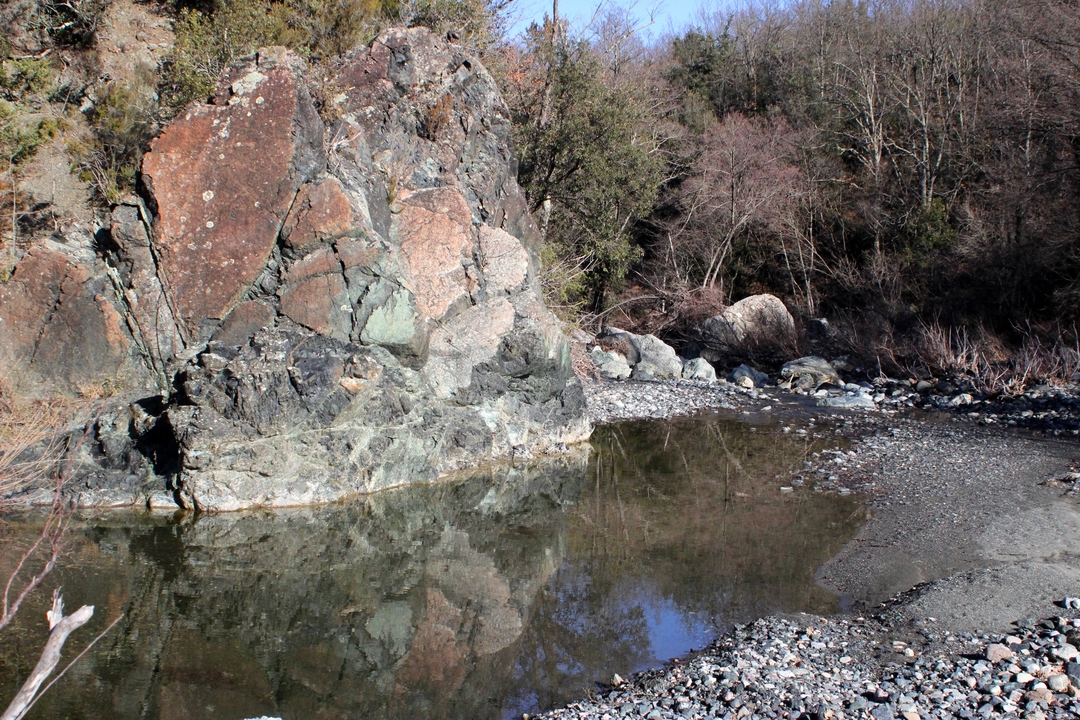Difficulty level
E
Hiking
The Trossa stream and the Farneta point
The starting point can be reached by an easy to follow dirt road branching off from the municipal road that goes to Sant’Ippolito.
From the Strada Statale 439 road, before the Montecerboli village, at the crossroads go towards Sant’Ippolito to find yourself into the heart of the Monterufoli forest, where a path opens out allowing you to look over a large part of the territory.
Pian di Creta, the starting point of the hike, is almost a true and proper botanical garden, where the colours of the spring blooms on the serpentine rocks form a rare spectacle: narcissuses, tulip and irises adorn the landscape together with the many endemic species. Beyond the Monna farm, the immense forests of Farneta, rich in biodiversity, are interrupted by permanent wetlands, with hygrophilous plants and valuable fauna, such as the European pond turtle, the yellow-bellied toad and the spectacled salamander.
Among the plants you can meet here there is the yew, a very ancient conifer, and the sessile oak, from which some of the most important furniture woods in Italy are made. Both are well known for their rarity. In late spring this route is the only place where you can admire the extremely rare blooms of the Dictamus. The surprises, though, are far from over, as the last downhill stretch leads to the confluence of the Secolo and Trossa streams, an enchanting place, where mirrors of crystal-clear water are set between a large boulder and sandy banks, inviting you to rest and meditate.
Finally, in the open areas your attention will surely be captured by the flight of birds of prey, such as the short-toed eagle. You will then climb back up through a rocky path to reach Puntone di Farneta, from where you can enjoy superb views and then descend to the starting point, walking through a seducing blossoming garden.

